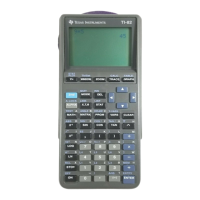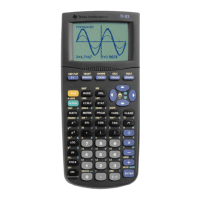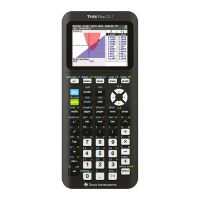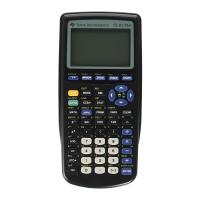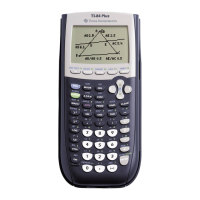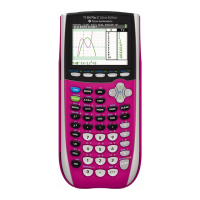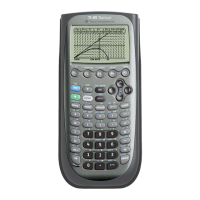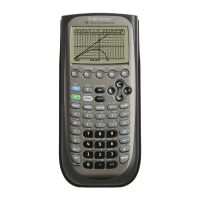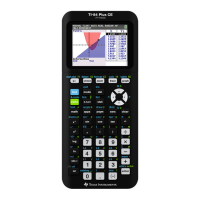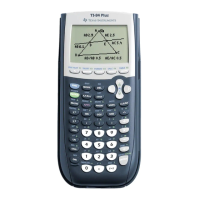Operating the TI-82 STATS 1-23
82STAT~3.DOC TI-83 international English Bob Fedorisko Revised: 10/28/05 12:11 PM Printed: 10/28/05 12:11
PM Page 23 of 24
The TI-82 STATS recognizes implied multiplication, so you
need not press ¯ to express multiplication in all cases. For
example, the TI-82 STATS interprets
2p, 4sin(46), 5(1+2), and
(2ä
ää
ä5)7 as implied multiplication.
Note: TI-82 STATS implied multiplication rules differ from those of the
TI.82. For example, the TI-82 STATS evaluates 1à2X as (1à2)ä
ää
äX,
while the TI.82 evaluates 1à2X as 1/(2ä
ää
äX) (Chapter 2).
All calculations inside a pair of parentheses are completed first.
For example, in the expression
4(1+2), EOS first evaluates the
portion inside the parentheses,
1+2, and then multiplies the
answer,
3, by 4.
You can omit the close parenthesis ( ) ) at the end of an
expression. All open parenthetical elements are closed
automatically at the end of an expression. This is also true for
open parenthetical elements that precede the store or display-
conversion instructions.
Note: An open parenthesis following a list name, matrix name, or Y=
function name does not indicate implied multiplication. It specifies
elements in the list (Chapter 11) or matrix (Chapter 10) and specifies
a value for which to solve the Y= function.
To enter a negative number, use the negation key. Press Ì and
then enter the number. On the TI-82 STATS, negation is in the
third level in the EOS hierarchy. Functions in the first level,
such as squaring, are evaluated before negation.
For example,
MX
2
, evaluates to a negative number (or 0). Use
parentheses to square a negative number.
Note: Use the ¹ key for subtraction and the Ì key for negation. If
you press ¹ to enter a negative number, as in 9 ¯ ¹ 7, or if you
press Ì to indicate subtraction, as in 9 Ì 7, an error occurs. If you
press ƒ A Ì ƒ B, it is interpreted as implied multiplication
(Aä
ää
äMB).
Implied
Multiplication
Parentheses
Negation
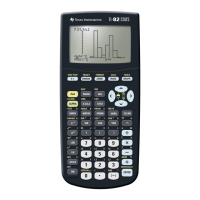
